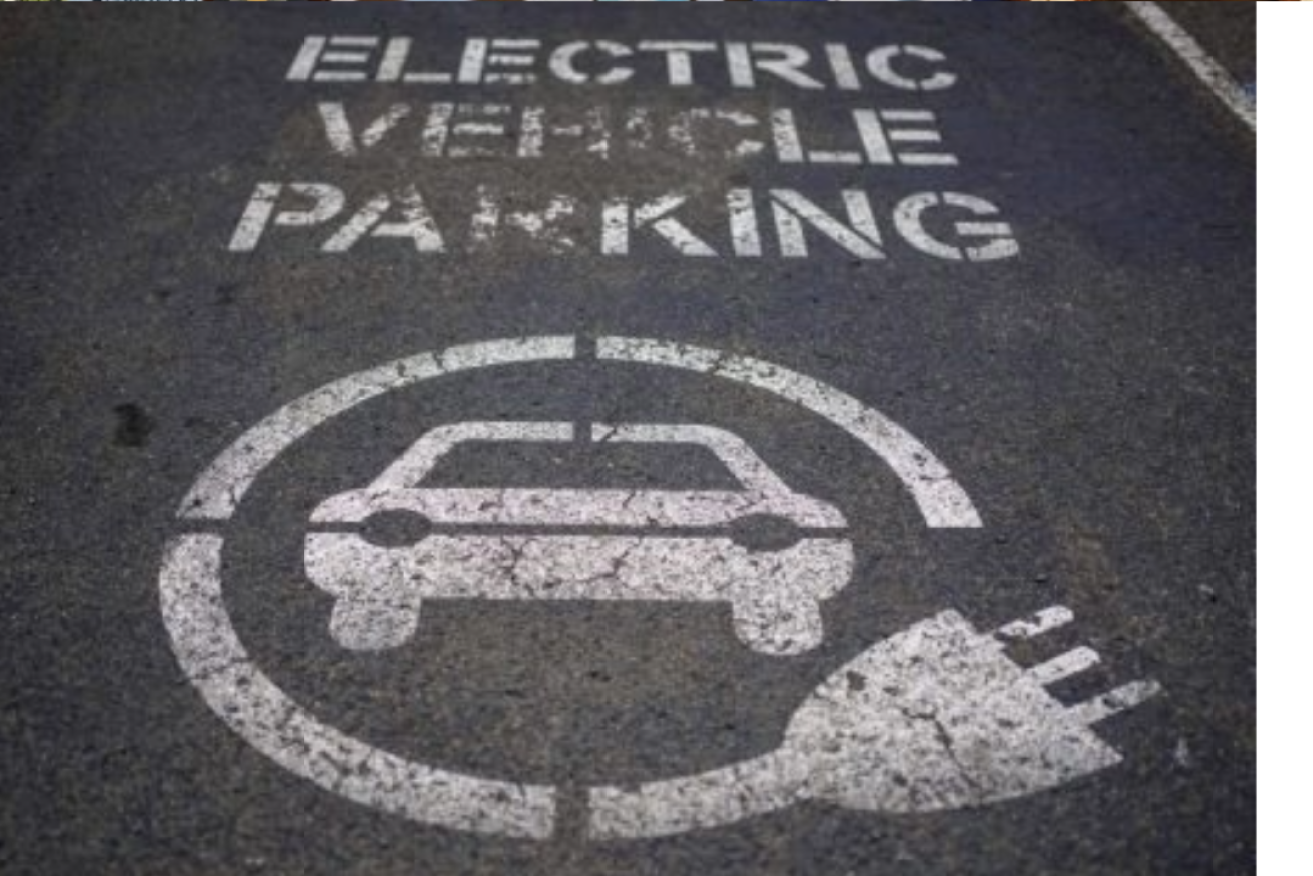EV prices a drag on driving from marginal to mainstream
Electric cars are still too expensive for most motorists and governments must continue providing cash incentives to encourage ownership and reach carbon reduction goals, argues Darrell Jacobs.

Electric vehicles are coming. In fact, they are already here and accelerating.
As little as two years ago this may have been subject to debate, but today it is an undeniable fact. In 2021, EVs nationally made up less than 0.5 per cent of all new car sales. Today they represent 8 per cent. But as they go from marginal to mainstream, questions remain about how Australia is going to successfully facilitate their widespread uptake.
The NSW Government’s decision to scrap rebates for EV purchases is a case in point, and one that if replicated locally could hinder South Australia’s commitment to decarbonise the transport sector. It is a bad decision and follows similar moves in Victoria.
The South Australian Government currently offers a $3,000 subsidy and three-year registration exemption for new electric vehicles and hydrogen fuel cell vehicles.
This has proven pivotal because we know if affordability is left unaddressed, motorists will simply not charge our transition to electric vehicles.
We should not be taking away incentives at the same time that the cheapest EV currently available is still more expensive than the average Australian new car price.
Motorists should be encouraged to adopt fuel efficient technologies and the $3,000 incentive helps to achieve this.
A closer look at Britain provides an interesting example. Their car industry has urged their government to provide tax breaks or other incentives to encourage people to buy electric vehicles amid concerns that consumer sentiment is on the wane.
After growing EV sales to 20 per cent of all new cars, it is now plateauing. It turns out they are still out of reach for the majority of motorists.
This includes associated charging requirements. We know the strength and affordability of local energy supply has been central to uptake of electric vehicles internationally.
UK Prime Minister Rishi Sunak this month pushed a previous ban on the sale of new petrol and diesel cars back by five years, to 2035.
Closer to home, in Australia we sell around one million new cars annually and have around 20 million cars on our roads. So even if we hit 100 per cent of all new car sales being electric vehicles, it would still take us at least 20 years for every motorist to be driving one.
We should not be taking away incentives at the same time that the cheapest EV currently available is still more expensive than the average Australian new car price
Despite prices reducing as supply increases from both traditional and emerging manufacturers, incentives will be required for a sustained period of time to make an electric vehicle an affordable proposition.
Currently, EVs are out of the price range of the majority of motorists and compounding this issue further is the lack of options available in our favourite makes and models.
Four out of the five most popular new cars in South Australia this year have either been utes or 4X4’s. The cheapest electric vehicle ute currently on the market is in excess of $90,000.
In countries like Norway, motorists have replaced their city car with an EV but kept their ute or SUV for regional driving or holiday trips. As a result, the age of their vehicle fleet in some instances is actually get older and less environmentally friendly.
In announcing their decision to scrap an EV subsidy, the NSW Government said it would increase funding for charging infrastructure.
The only problem with this though is that it exposes the genuine affordability problem associated with EVs. You cannot charge an EV which you don’t own.
A $3,000 subsidy is not a silver bullet but a practical step to help alleviate the largest EV roadblock – their price.
Governments should accordingly help make the purchase of an electric vehicle a more realistic option. Buying a car is often the second most expensive purchase somebody will make.
The SA Government should work with the public in pursuit of our decarbonisation goals. Despite environmentally conscious motorists, without such an ongoing investment we may see a situation like in the UK where consumer sentiment is now waning after previous early electric vehicle adoption.
The Motor Trade Association would be concerned if there were a lack of financial policies to support EV affordability.
These concessions should likewise be extended beyond electric vehicles to hybrids. A typical South Australian family might not be able to afford an electric vehicle SUV but they might be more willing to try a hybrid model which will still emit fewer emissions than a petrol or diesel car.
Hybrids can be more affordable, reduce range anxiety and provide an entry point for motorists who may not have previously considered an electric vehicle.
Transport is one of the highest emitting sectors in South Australia. With the right incentives, we can help decarbonise it.
Darrell Jacobs is the Chief Executive Officer of the Motor Trade Association SA/NT




